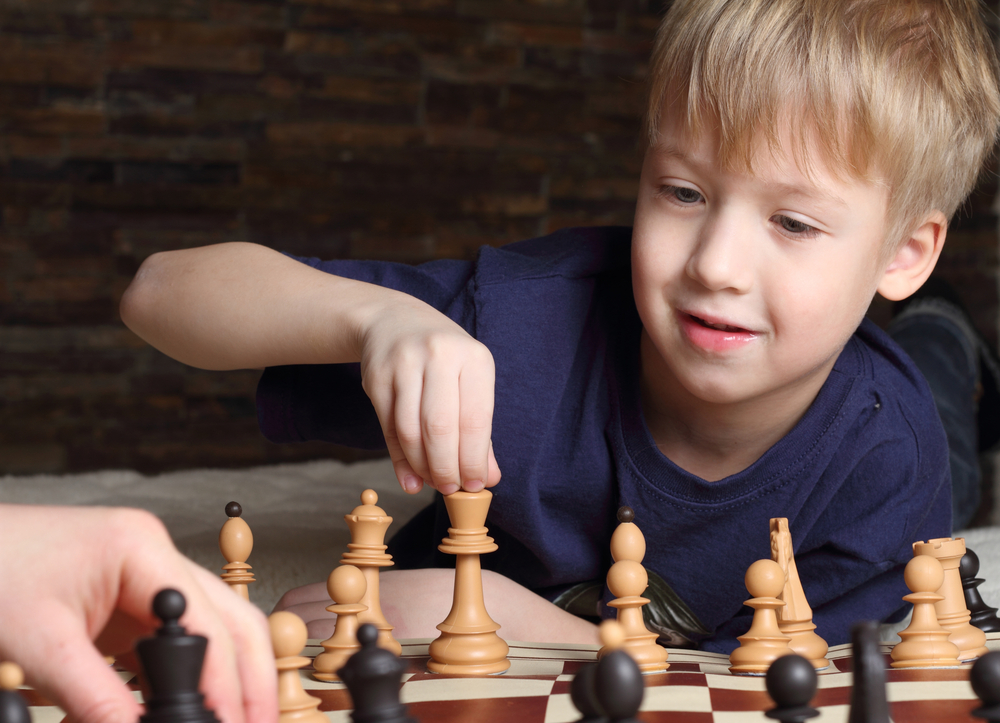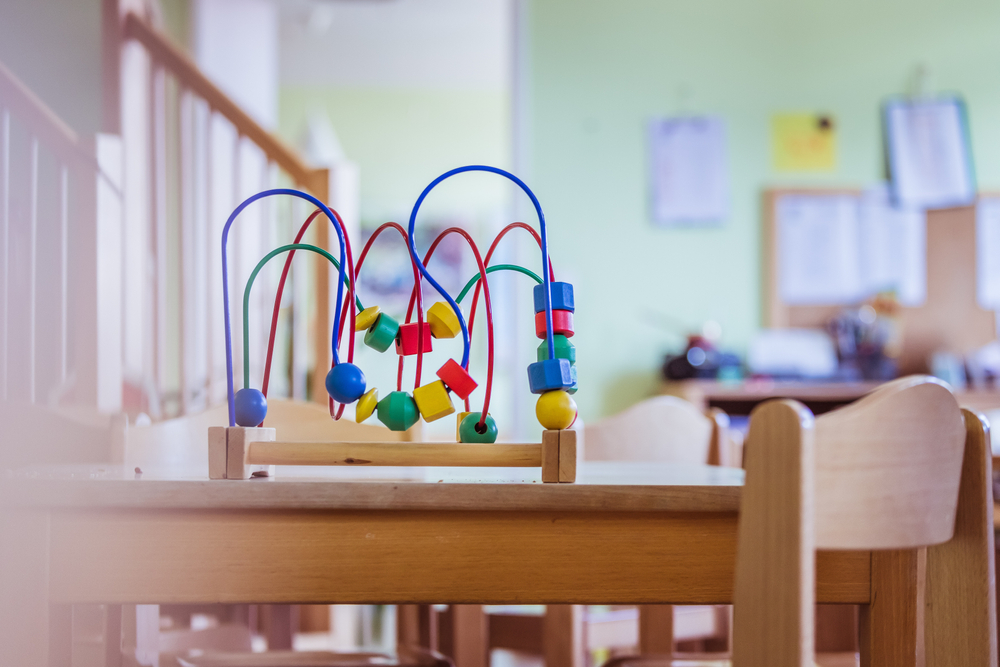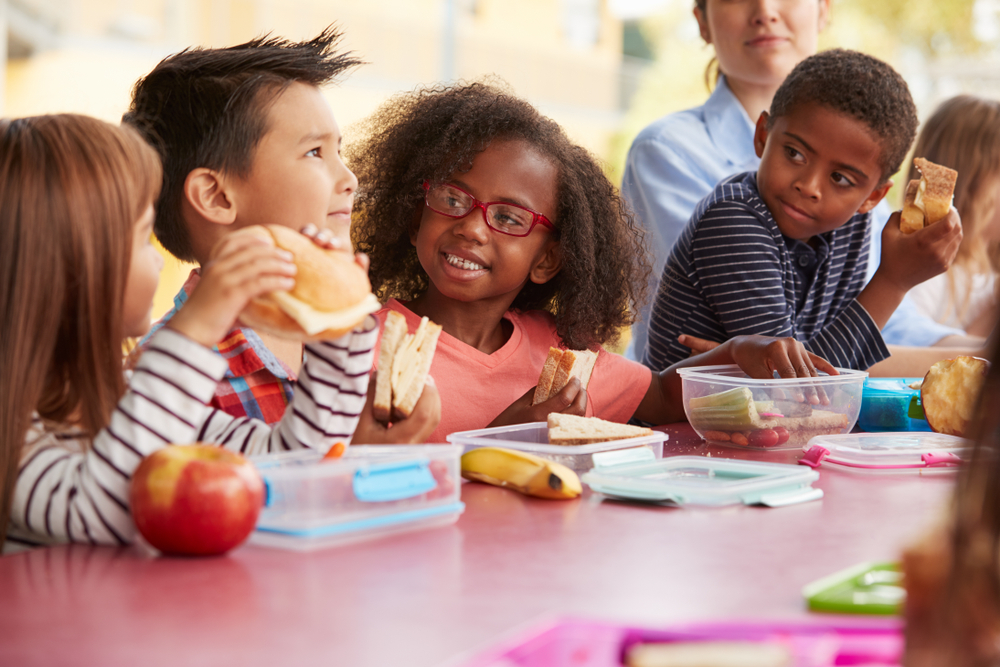Critical thinking development Normal Worksheets for Ages 6-9
10 filtered results
-
From - To
Enhance your child's cognitive abilities with our Critical Thinking Development Normal Worksheets designed specifically for ages 6-9. These engaging worksheets encourage young learners to explore problem-solving, reasoning, and analytical skills through fun activities. From puzzles and riddles to open-ended questions, each worksheet is crafted to stimulate critical thinking in an enjoyable way. Our resources are perfect for homeschooling or supplementary learning, helping kids to think independently, make connections, and develop a growth mindset. Foster a love for learning while equipping your child with essential skills for academic success. Browse our collection and support your child's journey toward becoming a confident thinker today!


Balanced Forces Worksheet
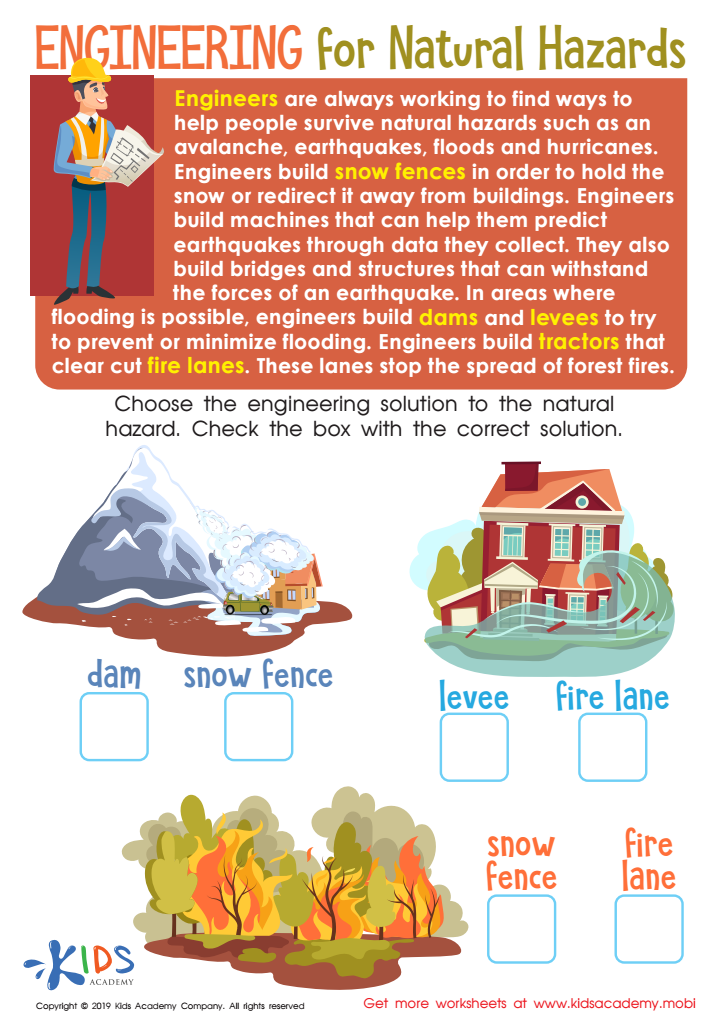

Engineering Natural Hazards Worksheet
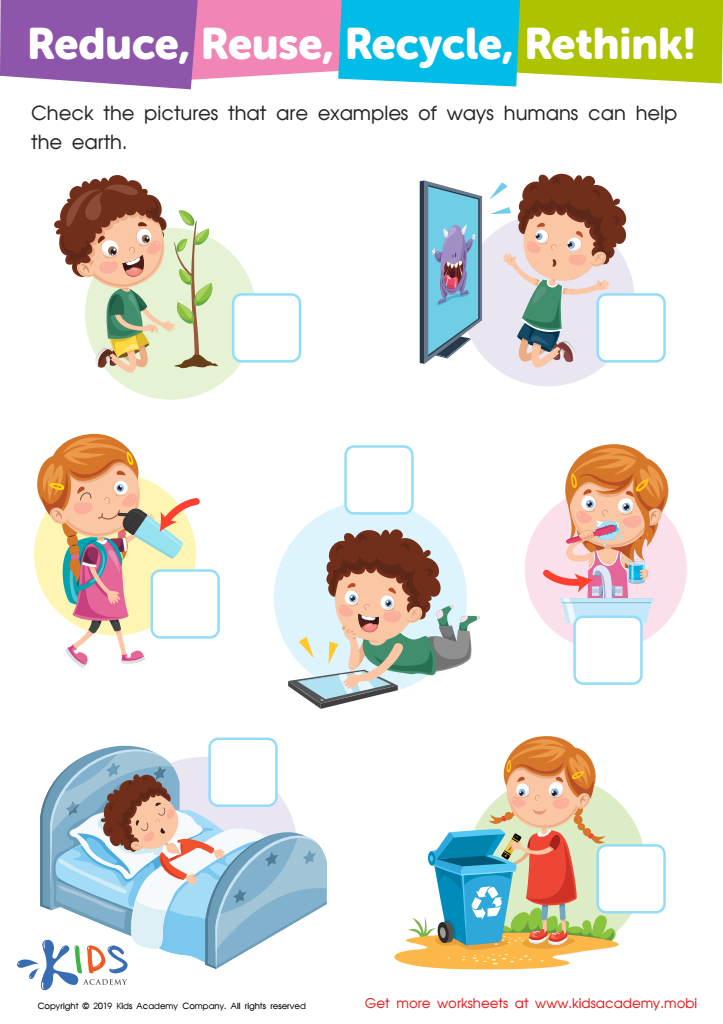

Reduce, Reuse, Recycle, Rethink Worksheet


Healthy and Unhealthy Behaviors Worksheet
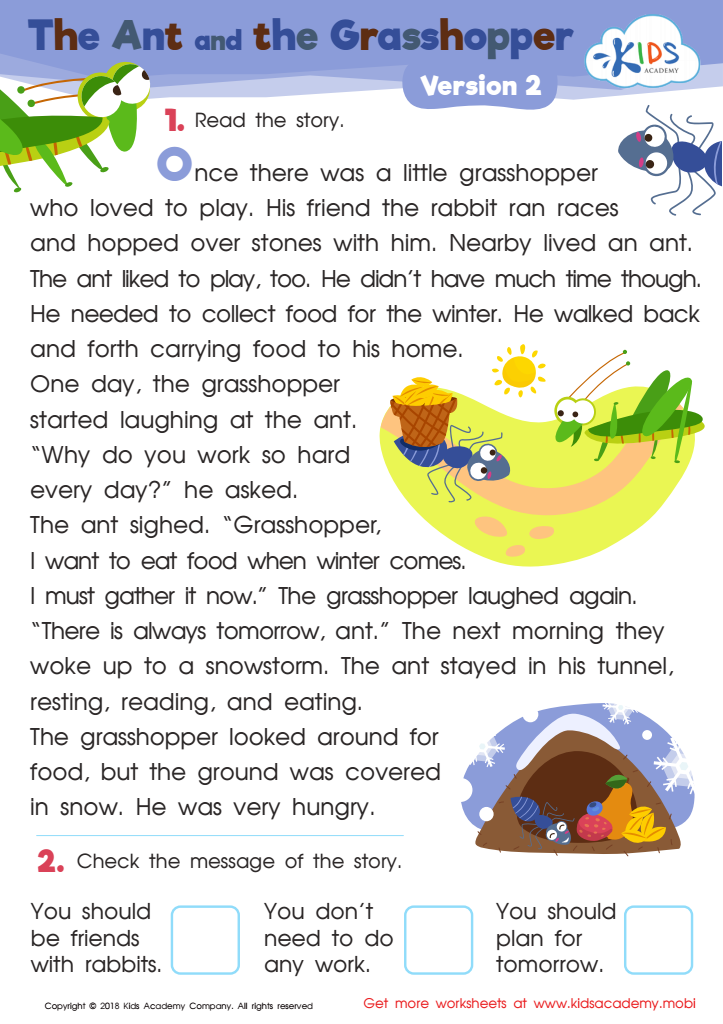

The Ant and The Grasshopper Version 2 Worksheet
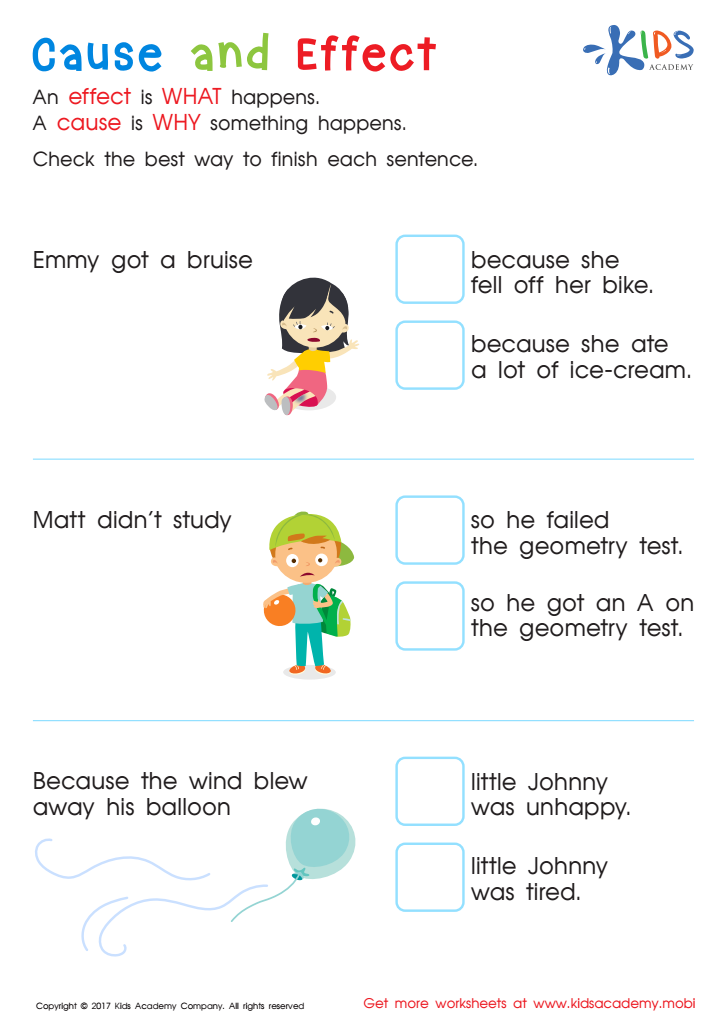

Cause and Effect Worksheet
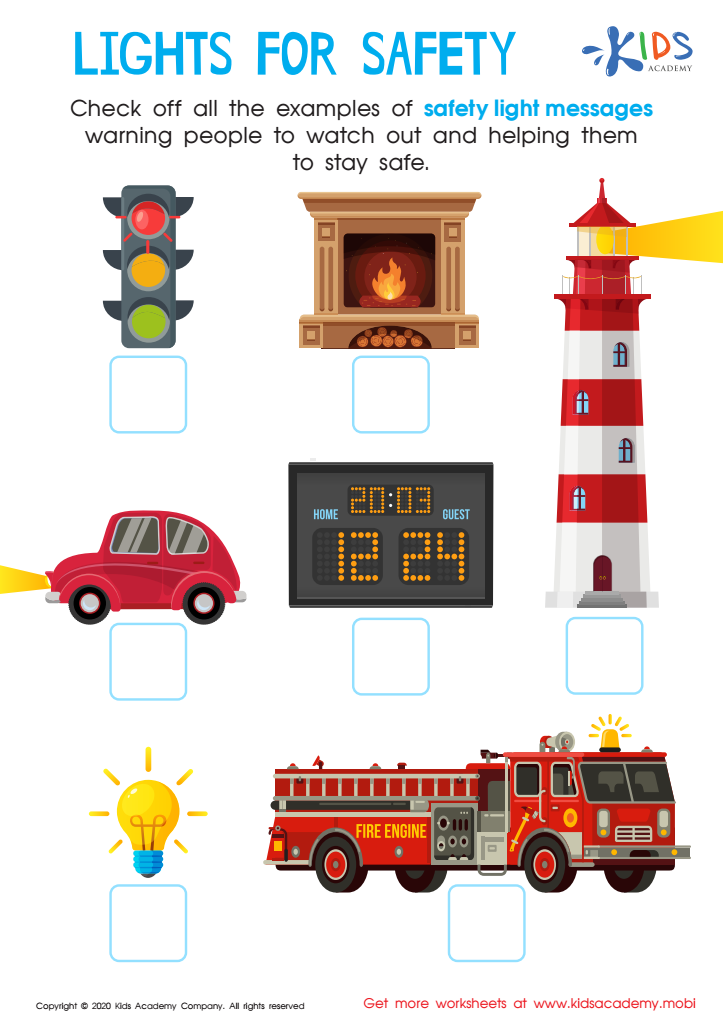

Lights for Safety Worksheet
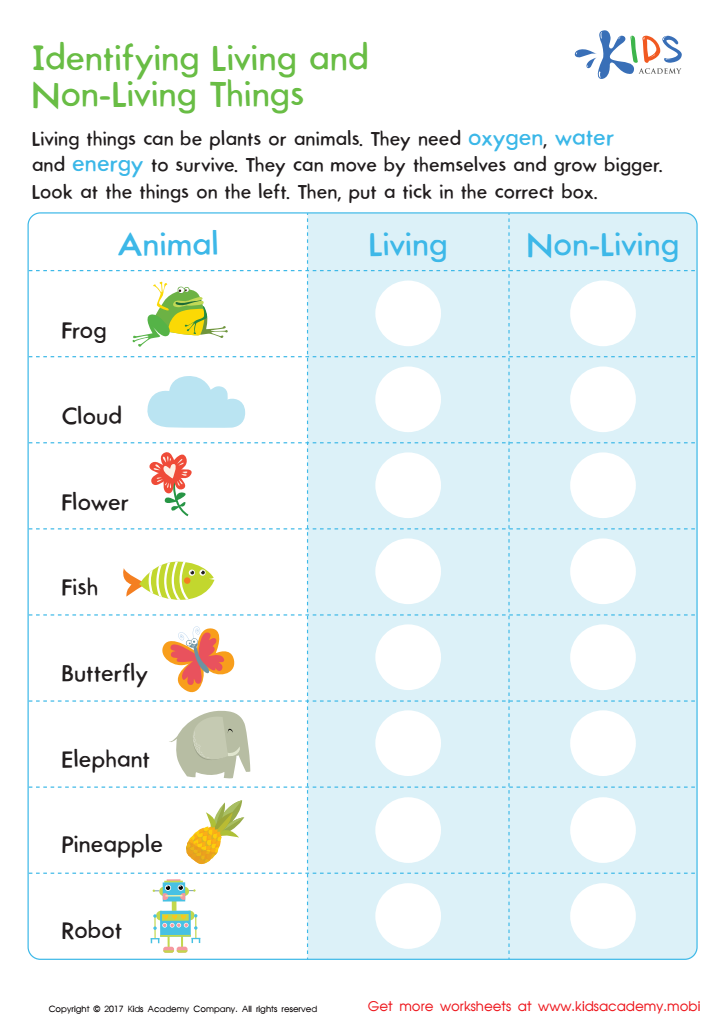

Identifying Living or Non–living Worksheet
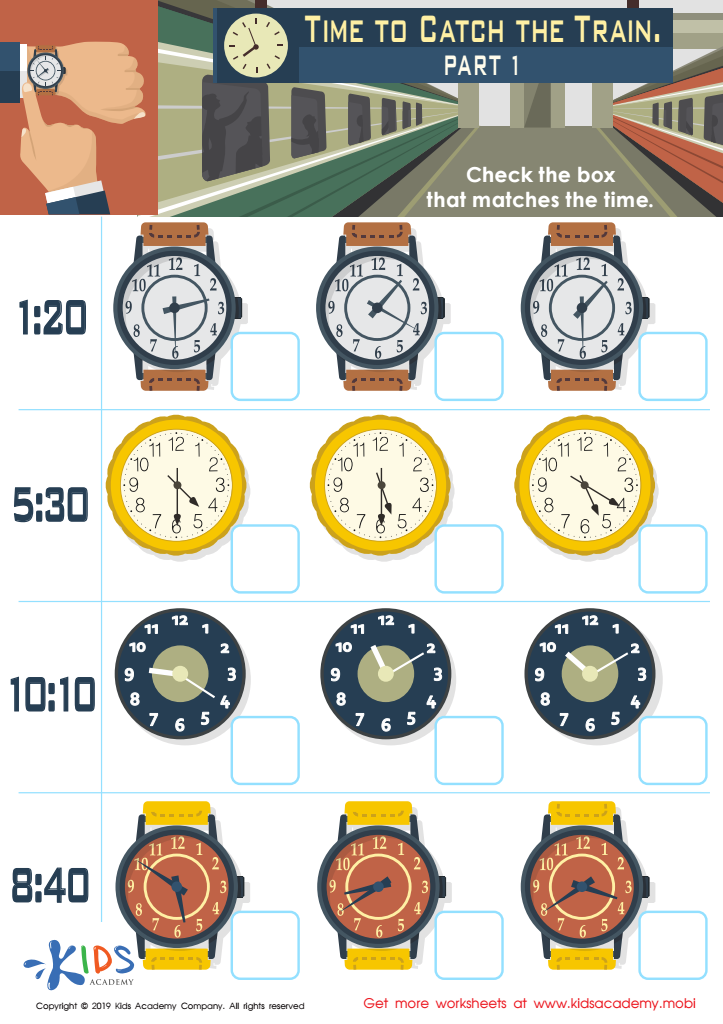

Time to Catch the Train Part 1 Worksheet
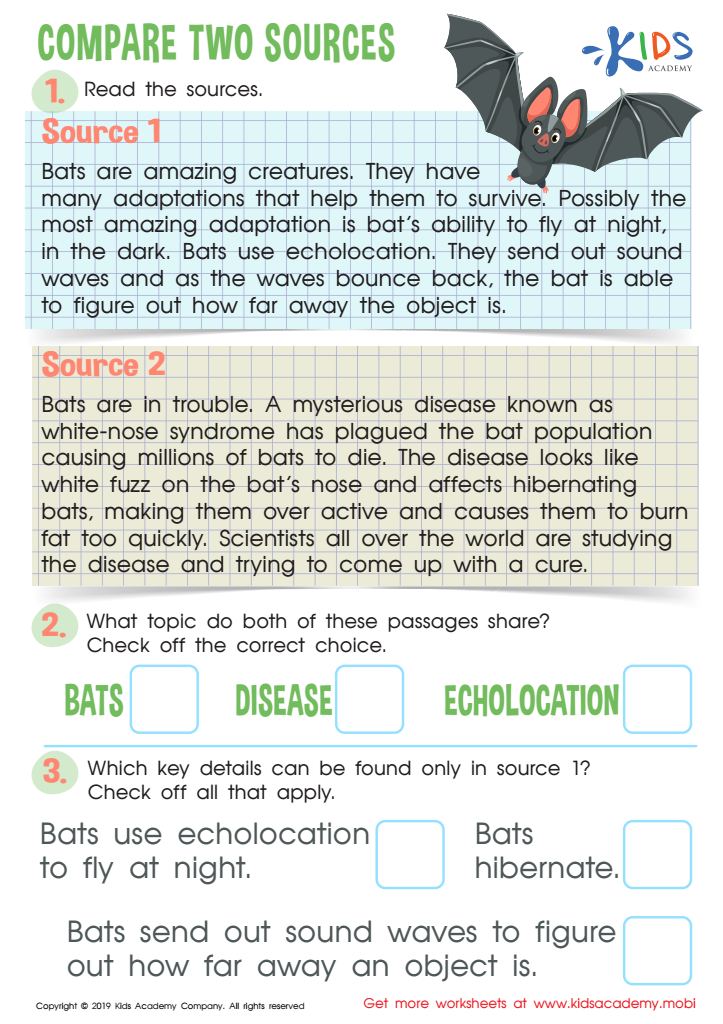

Compare Two Sources Worksheet
Critical thinking development in children aged 6-9 is vital, as it lays the foundation for lifelong learning and problem-solving skills. At this formative stage, children begin to transition from basic learning to more analytical thinking, where they question, evaluate, and synthesize information. This cognitive development enhances their ability to think independently and approach challenges with creativity and logic.
Parents and teachers should prioritize critical thinking as it encourages children to develop essential skills such as reasoning, hypothesis testing, and decision-making. These skills help children to navigate complex situations socially, academically, and later in their careers. Encouraging critical thinking also fosters open-mindedness and the ability to view problems from multiple perspectives, leading to more effective collaboration and communication.
Furthermore, critical thinking promotes a growth mindset, enabling children to embrace mistakes as learning opportunities. This resilience and adaptability are crucial in today’s fast-paced and ever-changing world. By nurturing critical thinking skills, educators and parents equip children with the tools necessary to thrive, empowering them to not just consume information, but to analyze and question it, paving the way for informed citizens and confident leaders of tomorrow. Ultimately, fostering critical thinkers contributes to a well-rounded and healthy society.
 Assign to My Students
Assign to My Students


